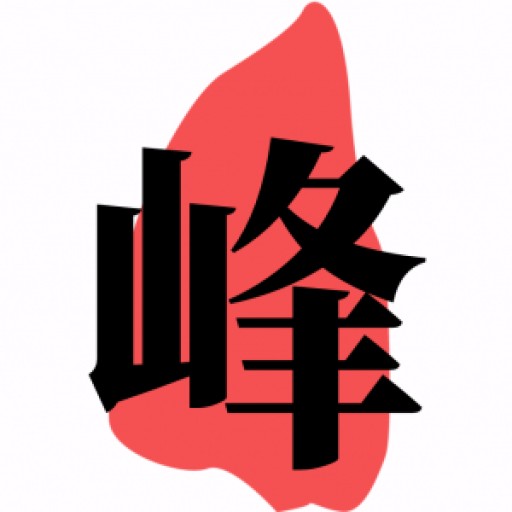英语重难点深度解读:对于“begin”、“start”、“commence”及“begin with”的精细辨析
一、关于“开始”的表述
在表达“开始”的概念时,“begin”与“start”可以互换使用,常见结构如下:
1. 开始做某事:begin/start sth.
2. 开始做某事的动作:begin/start to do sth./doing sth.
3. 开始于某一时间点:begin/start at/on+时间名词
例如句型示例:
他们每天早晨8点钟开始工作。句式为:They begin/start work at 8 every morning。
她五岁开始学习英语。句式为:She began/started to learn English at the age of five。
他开始了旅行的准备工作。句式为:He began/started making preparations for the trip。
会议在星期一开始,星期五结束。句式为:The meeting will begin/start on Monday and end on Friday。
特别提示:
在特定情境下,“begin”和“start”后多跟不定式。如主语为物时、动词表达精神活动或心理状态时,以及强调动作实际开始时,通常使用“begin”或“start”。
二、关于特定动作的表述
“Start”常用于描述“出发、旅行、开动机器、机器运转”等静态事物转变为动态的过程,此时只能用“start”,不能用“begin”。例如:
天亮时他们开始了旅程。句式为:At daybreak they started on their journey。(不用begin)
火车终于启动了。句式为:At last the train started。(不用begin)
我们无法启动这辆车。句式为:We couldn't start the car。(不用begin)
“Start”在描述有规律的活动时常用,而“Begin”则更多用于描述较长且缓慢的动作。在语体色彩上,“Begin”比“Start”更显正式。如:
我们每天早晨七点钟吃早饭。句式为:We begin our breakfast at seven every morning。
接着,他开展了一系列的实验。句式为:Then he began a series of experiments。
三、关于“commence”的用法
“Commence”为正式用语,后面通常接动名词。例如:
他在2001年开始做这项工作。句式为:He commenced working on it in 2001。
四、关于“begin with”的用法
“Begin with”表示以某事物为开端,后接名词。例如:
那部影片以一场汽车追逐开始,以爱的场景收尾。句式为:The movie began with a car chase and ended with a love scene。
这本书以一则农村生活故事开始。句式为:The book begins with a tale of country life。
特别补充:
在日常用语中,“to begin with”和“to start with”都表示“首先、第一”的意思,常作为状语出现在句首、句中或句尾,并用逗号与其他成分隔开。如:
我们应该明确学习目的。句式为:To begin with,we ought to know what we study for。

